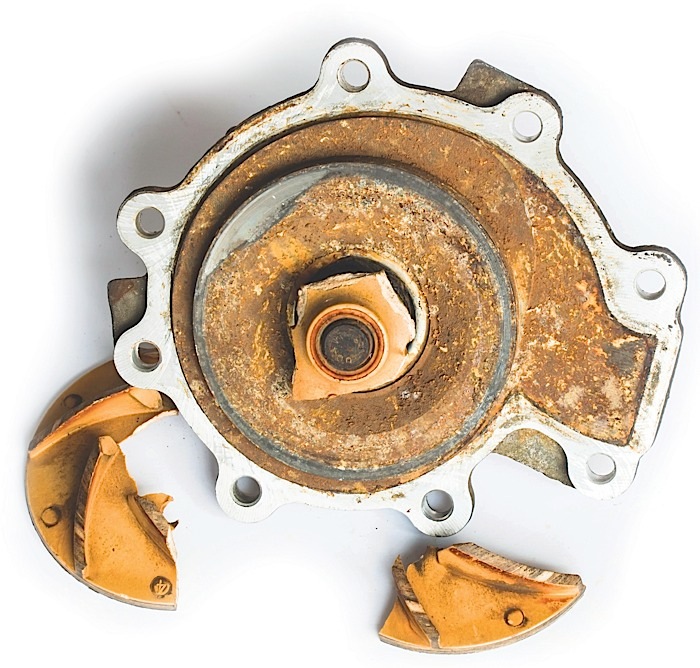Modern Cooling System Design: It’s Not About Temperature; It’s About Powertrain
Reading engineering papers tends to be a boring exercise, but they do give a technician like myself a new perspective on how a common automotive cooling system could actually be improved. Of course, our immediate thought is how the cooling system can keep the engine cooler. Not so, according to one paper.
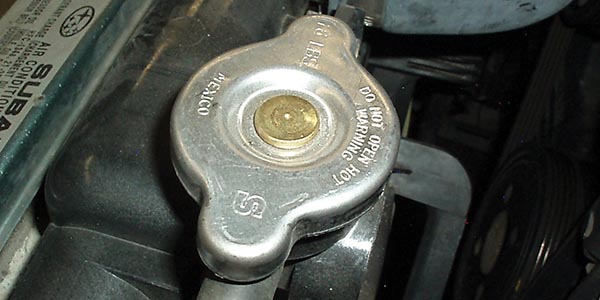
Cooling Fan Assemblies Save Time And Simplify Repairs
When your customers start coming in for cooling fan issues this summer, your business will heat up fast. Before tackling these problems by trying to repair or replace the individual fan motor, consider replacing the entire cooling fan assembly. You’ll eliminate a lot of unnecessary steps, hassles and probably unbillable labor.
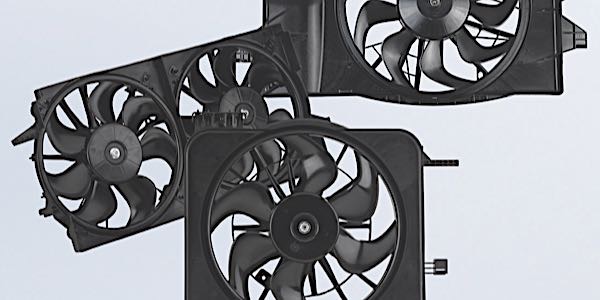
Dodge/Jeep TSB: No A/C Over 50 MPH, Engine Runs Hot
This bulletin involves inspecting the primary thermostat housing for a resin material (debris) blocking the cylinder head coolant port. Models: 2010 Journey, Avenger, Compass, Patriot and Caliber.
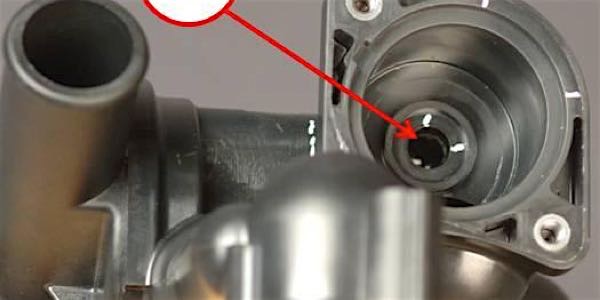
CRP Automotive Introduces New Rein Automotive Cooling System Replacement Parts
The new program provides shops and technicians with a full assortment of cooling system replacement parts featuring coolant hoses, water pumps and kits, expansion tanks and more.
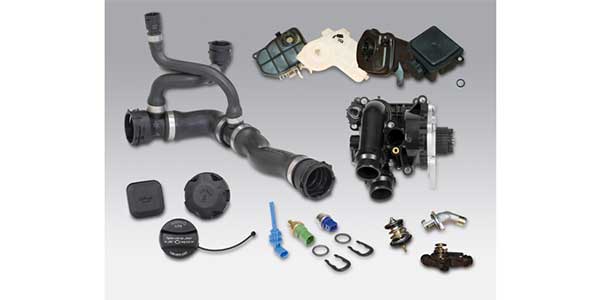
Coolant Transfusion: Proper Selection Prevents System Degradation
Coolant is mostly a mixture of ethylene glycol and water, with a small percentage being solvents, additives and inhibitors – but it’s the mixing and matching of those last pieces that really determine what coolant should be used and when. There are three main coolant buckets, defined by their different additive philosophies.
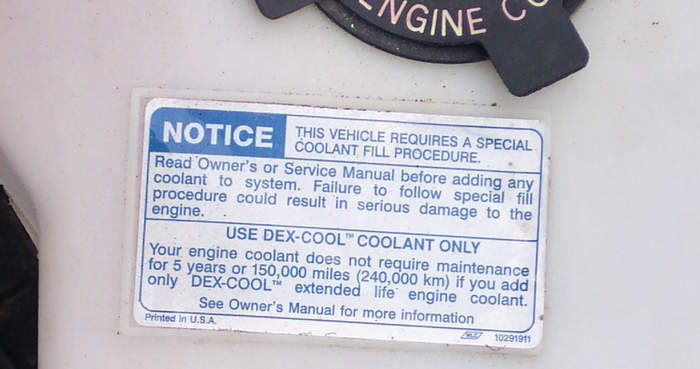
Water Pump Cavitation: What Cavitation In Pumps Means
The tiny “bubbles” of cavitation kill water pumps. While you will never actually see the tiny bubbles of cavitation in pumps, you can see the damage of water pump cavitation that looks like metal eaten by termites. That is because these are not really bubbles you see when it comes to the cavitation in pumps – they are voids.
